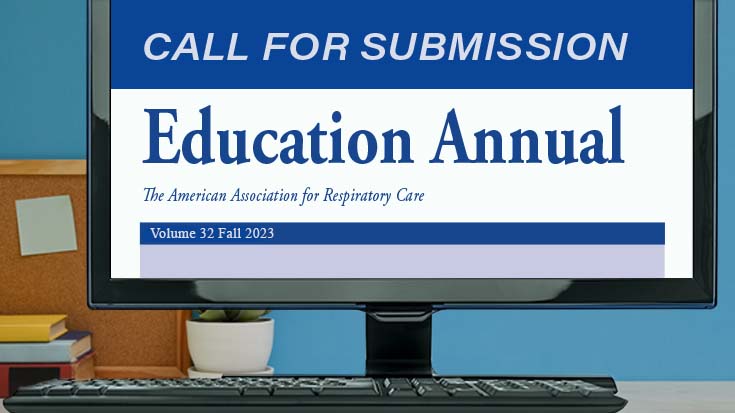
Low Dose Aspirin Associated with Better COVID-19 Outcomes
Anti-inflammatory drugs have shown promise in treating people with severe COVID-19. Researchers from George Washington University led a new study published by Anesthesia & Analgesia suggests low-dose aspirin may be protecting some people from the worst effects of COVID-19 before they even start.
The study gauged outcomes for more than 400 patients admitted to U.S. hospitals from March to July of 2020. Results showed a 44% decreased risk of needing mechanical ventilation, a 43% reduced risk of needing ICU care, and a 47% reduction in in-hospital mortality for those who had received low-dose aspirin within 24 hours of admission or seven days before admission. Findings were adjusted to take demographics and comorbidities into account. No differences in overt thrombosis or major bleeding were seen between patients who were not taking low-dose aspirin.
“Aspirin is low cost, easily accessible, and millions are already using it to treat their health conditions,” said lead investigator Jonathan Chow, MD. “Finding this association is a huge win for those looking to reduce risk from some of the most devastating effects of COVID-19.” The authors call for a randomized controlled trial to establish whether or not there is a causal relationship between aspirin use and reduced lung injury in these patients.
Daily Use of E-Cigarettes May Help People Quit Smoking
Studies examining the use of e-cigarettes as a quit smoking aid have shown mixed results. However, a new trial supported by Cancer Research UK and conducted by investigators from Kings College London offers evidence that the devices can play a significant role when used daily.
The researchers analyzed five waves of data collected between 2012 and 2017 on more than 1,155 people taking part in an online survey. Those who used a refillable e-cigarette daily to quit smoking were more than five times as likely to have quit for a month as those who used no stop smoking aids. Those who used a disposable or cartridge e-cigarette daily were three times more likely to have achieved abstinence from tobacco for one month when compared to those that didn’t use a stop smoking aid.
None of the other stop smoking aids examined by the study, such as nicotine replacement therapy and medications like bupropion or varenicline, were associated with abstinence at one month in a preliminary analysis. Still, a secondary analysis did show an advantage for prescription medications.
“Our results show that when used daily, e-cigarettes help people to quit smoking, compared to no help at all,” said study author Dr. Máirtín McDermott. “These findings are in line with previous research, showing that e-cigarettes are a more effective aid for quitting than nicotine replacement therapy and prescribed medication.” The study was published in Addiction.
PCV13 Pneumonia Vaccine May Help Protect Seniors from COVID-19
According to Kaiser Permanente researchers publishing in the Journal of Infectious Diseases, older people vaccinated with the PCV13 pneumonia vaccine may be less likely to be diagnosed with COVID-19 or suffer severe outcomes or death if they are.
The findings come from examining the health records of 531,033 Kaiser Permanente members in Southern California. Members were 65 years old and older. Among that group, 3,677 were diagnosed with COVID-19, 1,075 were hospitalized for COVID-19, and 334 died from the virus. Those who received the PCV13 vaccine had a 35% lower incidence of COVID-19 diagnosis, 32% lower incidence of COVID-19 hospitalization, and 32% lower incidence of COVID-19 death. Interestingly, the study found no reduction in these risks for those who were vaccinated with the PPSV23 pneumonia vaccine.
Cystic Fibrosis Drug Combination Effective in Younger Kids Too
An international study co-led by an investigator from Ann & Robert H. Lurie Children’s Hospital of Chicago has shown that a three-drug combination currently approved for use in people with cystic fibrosis age 12 and older with at least one copy of the F508del mutation also works in kids age six to 11 with the mutation. The combination therapy, which consists of elexacaftor, tezacaftor, and ivacaftor, led to a significant improvement in lung function even in children who had normal lung function at the beginning of the trial.
The authors note about 90% of kids with CF in the U.S. have at least one copy of the F508del mutation, and about 40% have only one copy. If the FDA approves its use in younger children, this would be the first treatment available in the U.S. to address the genetic defect that causes CF in kids with only one copy of the mutation.
“The most exciting aspect of our findings is that this population of children had normal lung function at the start of the study and still had a significant improvement,” said Susanna McColley, MD. “Coupled with what we saw in studies and in practice with the older population, starting treatment earlier may avert serious long-term complications and really change the trajectory of health for children with cystic fibrosis.”
Financial Conflicts of Interest Appear to Play a Role in Black Lung Claims
In the first study to look at how financial incentives may affect the decision of physicians to find the presence or absence of pneumoconiosis on x-rays taken of coal miners submitting claims under the Federal Black Lung Program, researchers from the University of Illinois Chicago have found that physicians being paid by miners are much more likely to identify pneumoconiosis than physicians being paid by mine owners.
“The more frequently a physician is hired by an employer to provide a medical opinion on workers’ compensation cases for black lung disease, the more likely that physician will not identify black lung disease on a chest x-ray,” said study author Lee S. Friedman, PhD. “And the more a physician works with a miner on their claim process, the more likely they will identify black lung disease.”
Dr. Friedman and his colleagues examined 63,780 x-ray classifications made by 264 physicians between 2000 and 2013 for black lung claims made by U.S. coal miners. A fifth of all classifications submitted to the U.S. Department of Labor (USDOL) were made by physicians who classified 95% of their cases in one direction, either the absence or presence of pneumoconiosis. The vast majority of the physicians who classified x-rays in a singular direction were hired by employers and were reporting an absence of pneumoconiosis.
All of the physicians were trained and licensed by the National Institute for Occupational Safety and Health and approved by the USDOL to evaluate miners’ chest x-rays during workers’ compensation proceedings. The authors believe their findings highlight the need for a more objective compensation system for coal miners.
The study was published by the Annals of the American Thoracic Society.
Email newsroom@aarc.org with questions or comments, we’d love to hear from you.













